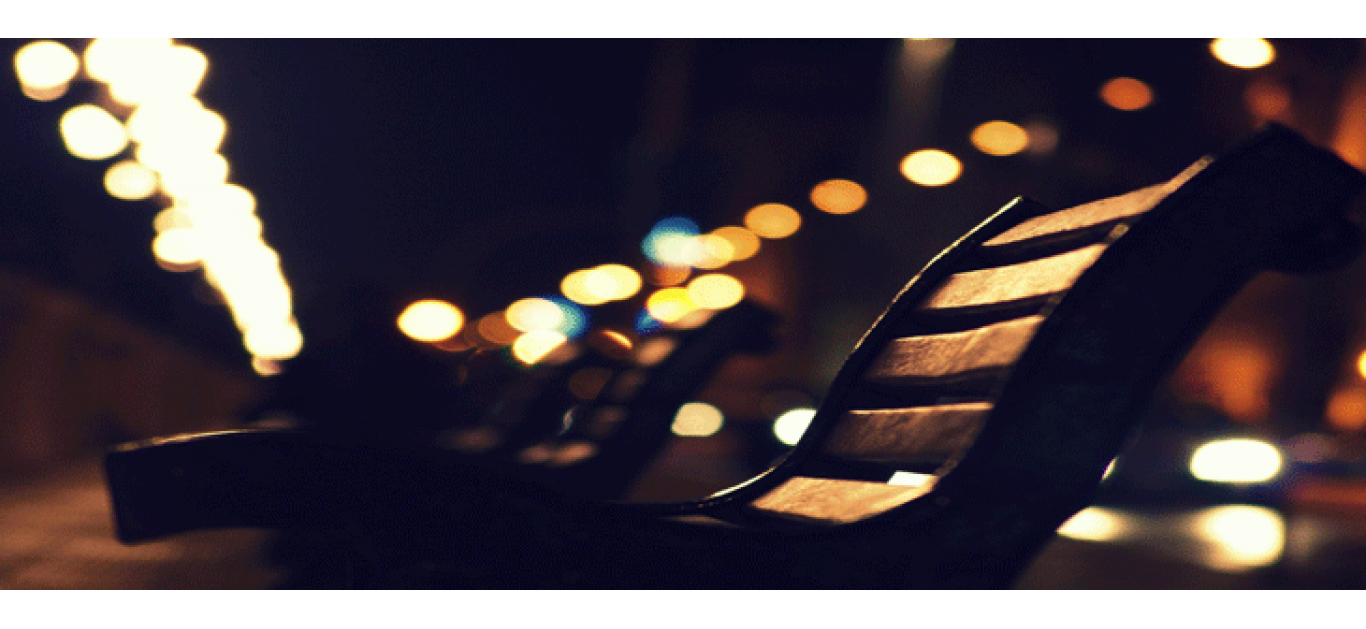

Bokeh is a Japanese word, its translation means blur or haze. Bokeh is pronounced Boh-kay or BOH-K. If you visit a photography store or website, you will always find people discussing Bokeh and how pleased they are with the end result. I’ve often been asked to describe a Bokeh effect, and I’ve used the following words:
Bokeh is described as the “aesthetic quality of out-of-focus blur in a photograph”
Bokeh is more often than not, described as a characteristic of a photo but in real terms it’s really about the type of lens you use which creates the size and shape of it. You’ve probably seen Bokeh in pictures before where it’s usually seen more in the highlights of the photo.
It’s also affected by the aperture of the lens. For example if you had a lens where its diaphragm blades were round in shape you would see the highlight taking more of a circular effect, the same can be said if you had a lens with a hexagonal shape, the highlights would look different.
Bokeh is beautiful to look at, but a lot more technical to achieve. However, i am going to show you how. After my own considerable discussion with my own friends and colleagues about this, I’ve come up with the following:
In order to really achieve Bokeh properly you’d need to use what’s called a fast lens, why? The faster the snap, the better! The fast lens that you use, would need at least an f/2.8 aperture for maximum effect.
You can use lenses with faster apertures such as an f/2 or a f/1.8 etc but i feel f/2.8 is good enough especially if you’re just starting out and would like to practice. That said, you will find more experienced photographers who will tell you that they like fast prime lenses for this exact purpose.
The next thing you will want to do is have the lens wide open using a shooting mode of aperture priority or manual. The reason for this is that manual gives you an ability to choose both the shutter speed and aperture. Priority on the other hand will only allow you to choose the f/stop and the camera itself will choose the appropriate shutter speed.
I wouldn’t really worry if you don’t currently own a very fast lens. The simple trick to create great “Bokeh” would be to put enough distance between the background and your subject. The more further the background is, the more out-of-focus the picture will be. Any highlights captured hitting the background will also be more visible.
When looking through galleries of Bokeh the subjects most often photographed are portraits, with close up or macros shots being popular as well. An extreme example of Bokeh is taking a picture of a grouping of lights or other reflective objects. When you purposely photograph these normally harsh or bright objects become rays of glowing light.
What about you? Do you take Bokeh pictures? Do you have any tips you can add to this article? I’d love to hear from you! Share your comments below.


Latest Comments